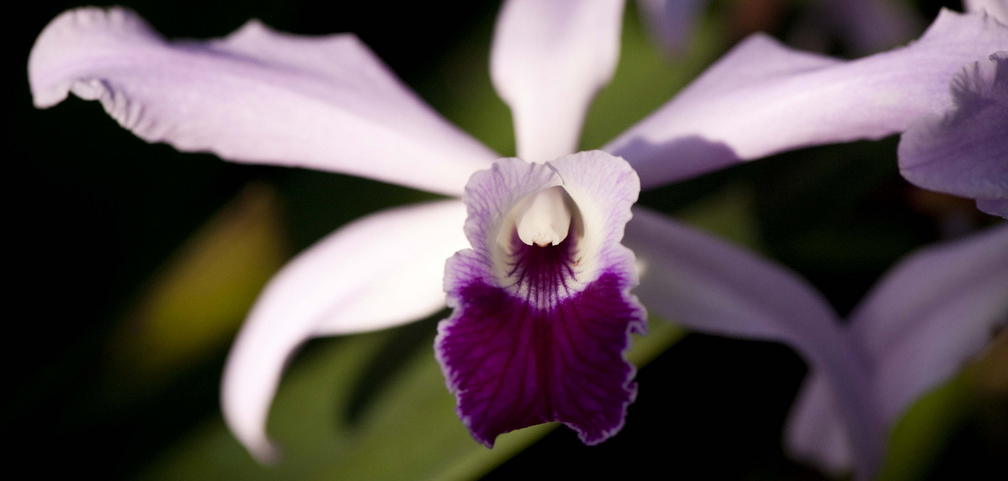Know and Grow Cattleyas: Part I
Posted in Gardening Tips on January 22 2013, by Sonia Uyterhoeven
Sonia Uyterhoeven is the NYBG‘s Gardener for Public Education.

Last week we talked about the discovery of Cattleya labiata in the Brazilian forests in 1817, and the stir that it caused when it flowered the following year at William Cattley’s home in Barnet, England. Cattleyas are the archetypal orchid flowers; they are the ones you see in a corsage or plastered on the cover of magazines–divas suitable for any artistic photo shoot. Cattleyas ooze exoticism, sensuality, and many of them emit a fabulous perfume to add to their enticing aura.
There are somewhere in the range of 60 species of cattleya that are native to Central and South America. The number of hybrids and intergeneric hybrids (crosses with more than one genus) are too many to count.
Cattleyas fall into two main groups: unifoliates (single leaf) and bifoliates (double leaf). In the unifoliate group, the orchid has one leaf per pseudobulb (the swollen stem). These orchids generally grow to be between 12 and 18 inches tall, and produce large, five- to seven-inch flowers. Unifoliate species can be found growing in Panama, Columbia, Venezuela, Peru, and Brazil.
Bifoliates, on the other hand, have two to four leaves per pseudobulb. They produce more flowers on a spike than the unifoliates, but the flowers are smaller. The pseudobulb also tends to be flatter than unifoliate pseudobulbs, which bulge in the middle. These orchids range in height from dwarfs that are a few inches tall to large monsters which grow several feet tall. Bifoliate species are generally found growing in Mexico and Brazil.

Cattleyas are sympodial orchids, meaning they have many feet. They grow by expanding along a rhizome, developing an increasing number of pseudobulbs. The older pseudobulbs will eventually lose their leaves and start to shrivel, but they provide nutrients for a long time that the rest of the plant takes advantage of. If you have seen photos of cattleyas growing in nature, they are magnificent; they grow in large clumps that spread over tree branches (epiphytes) or on rocks (lithophytes). Now that you know your cattleya, come back next week to learn how to grow them.


thanks so much for writing about cattleyas…you always provide the most interesting information….i’ve never seen one growing wild in nature and hope to someday….if I had to pick one orchid as a favorite, it would be cymbidiums because they are so hardy although cattleyas definitely take botanical splendor to the next level…